Packing for a trip can be a real pain, but it doesn’t have to be. When you pack effectively, you set yourself up for a stress-free and enjoyable vacation. Trust us, taking the time to properly prepare your bags will make all the difference. Here’s why effective packing is important and the benefits of stress-free travel.
Effective packing is essential for a smooth and enjoyable trip. When you pack effectively, you won’t waste time searching for items in your bag, you’ll prevent unnecessary stress and frustration, and you’ll have peace of mind knowing you have everything you need.
Stress-free travel means more time to relax and enjoy your destination, reduced anxiety and worry, and an improved overall trip experience. So, make sure to pack smart and set yourself up for a successful and enjoyable vacation.
So, these are the reasons why it’s crucial to focus on effective packing. By following these tips, you’ll be able to leave your worries behind and fully immerse yourself in your travels.
Choose the right bag
Choosing the right bag for your travels is key to a successful and stress-free trip. There are a few factors to consider when selecting a bag, including size and weight, durability, and storage options.
When it comes to size, it’s important to find a bag that fits your needs. If you’re only traveling for a few days, a smaller carry-on bag may be the best option. However, if you’re traveling for a longer period of time or plan to bring a lot of items, a larger bag may be necessary. Additionally, consider the weight of the bag as well. You don’t want to be lugging around a heavy bag that will cause added stress and discomfort.
Durability is also a key factor in choosing the right bag. Look for a bag that is made from high-quality materials and can withstand the wear and tear of travel. Furthermore, consider the ease of use of the bag. Is it easy to open and close? Does it have multiple compartments to help you stay organized? These are important questions to ask when selecting a bag.
Finally, consider the storage options offered by the bag. Does it have multiple pockets to help you keep your items organized? Can you easily access your essentials while on the go? These are important features to consider when choosing a bag.
Research Your Destination
Before you pack, make sure you research the climate and weather conditions of your destination. This way, you can pack accordingly, and avoid the disappointment of packing your favorite sundress for a trip to a rainy destination.
It’s also a good idea to familiarize yourself with the local customs and dress codes. Different countries have different norms, and you don’t want to offend anyone or stick out like a sore thumb by dressing inappropriately.
Lastly, consider the availability of laundry services at your destination. If you’re going on a long trip, it’s helpful to know if you can easily wash and dry your clothes, so you don’t have to pack as much.
Plan What You’re Going to Wear
Start by making a list of the essential items you’ll need for your trip. This could include items such as comfortable shoes, a light jacket, and swimwear if you’re going to a beach destination.
Next, consider creating mix-and-match outfits so that you can maximize the amount of outfits you can create with the items you pack. This can also help to save space in your bag.
Finally, prioritize comfort and practicality when choosing what to wear. You want to be able to enjoy your trip, not be constantly adjusting your clothes or feeling uncomfortable. Make sure the clothes you pack are practical for the activities you have planned, as well as being comfortable to wear for long periods of time.
Pack Early
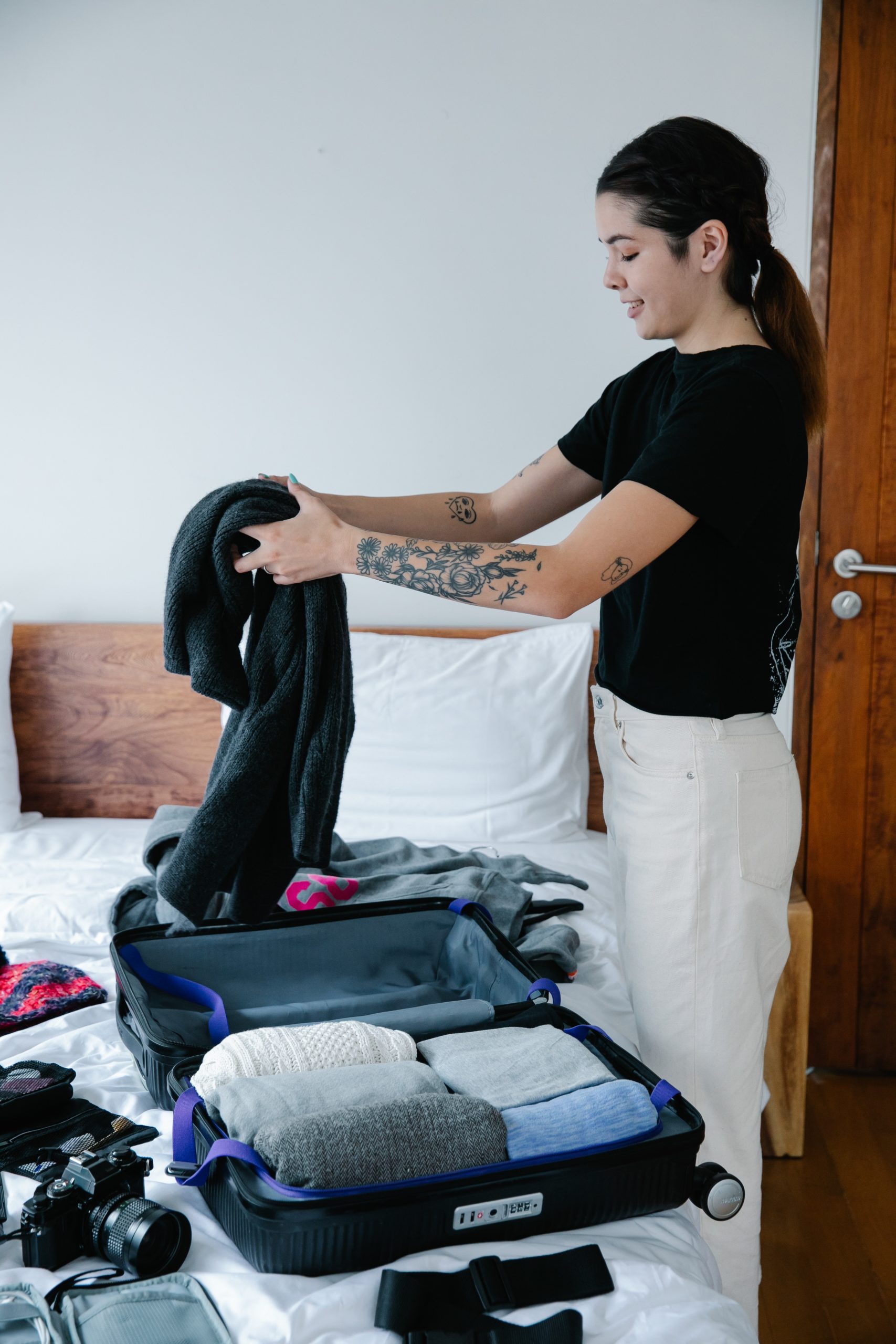
Packing early is key to ensuring a stress-free trip. When you give yourself enough time to get organized, you can avoid the last-minute rush that can cause forgetfulness and forgetfulness. Packing early gives you the chance to take your time, making sure you have everything you need for your trip. You’ll be able to think through your packing list, double-check that you have all the essentials, and minimize the chances of leaving anything important behind.
Use a Packing Checklist
A packing checklist is an essential tool for anyone who wants to make sure they don’t forget anything important when traveling. A good packing checklist should include all the essentials you need for your trip, as well as items you might not think of at first. From your passport and travel documents to your toothbrush and medication, a packing checklist helps you keep track of everything.
Creating an effective packing checklist is easy. Start by making a list of everything you’ll need for your trip, including clothes, toiletries, electronics, and any other essentials. Then, make a note of items you may need based on the climate and weather conditions of your destination, and any other factors that may affect your trip.
Using a packing checklist is a great way to avoid forgetfulness and overpacking. When you’re packing, simply check off each item as you add it to your bag. This helps you keep track of what you have and what you still need, so you don’t end up packing too much or leaving anything important behind. And, of course, a packing checklist gives you peace of mind, so you can relax and enjoy your trip knowing that you’re fully prepared.
Pack Light
Packing light has a ton of benefits, starting with making your trip much easier and more comfortable. You won’t have to lug around a heavy bag and you’ll have more room for souvenirs or other purchases. Here are some strategies for packing light:
When you pack light, you save yourself the hassle of carrying around a heavy bag, and you have more room for souvenirs and purchases. Plus, with less stuff, you can easily switch between activities and locations without feeling weighed down.
To pack light, focus on choosing versatile items that can be dressed up or down, and only pack the essentials. Consider items that serve multiple purposes, like a scarf that doubles as a blanket or a jacket that can be worn as a pillow. You can also make a packing list, which can help you avoid overpacking.
To avoid overpacking, limit the number of clothes and accessories you bring, and choose items that can be worn multiple times. Pack items that can be dressed up or down, and stick to a neutral color scheme so everything goes together. You can also pack a laundry bag to help you stay on top of washing your clothes while you’re on the go.
Cut the Footwear
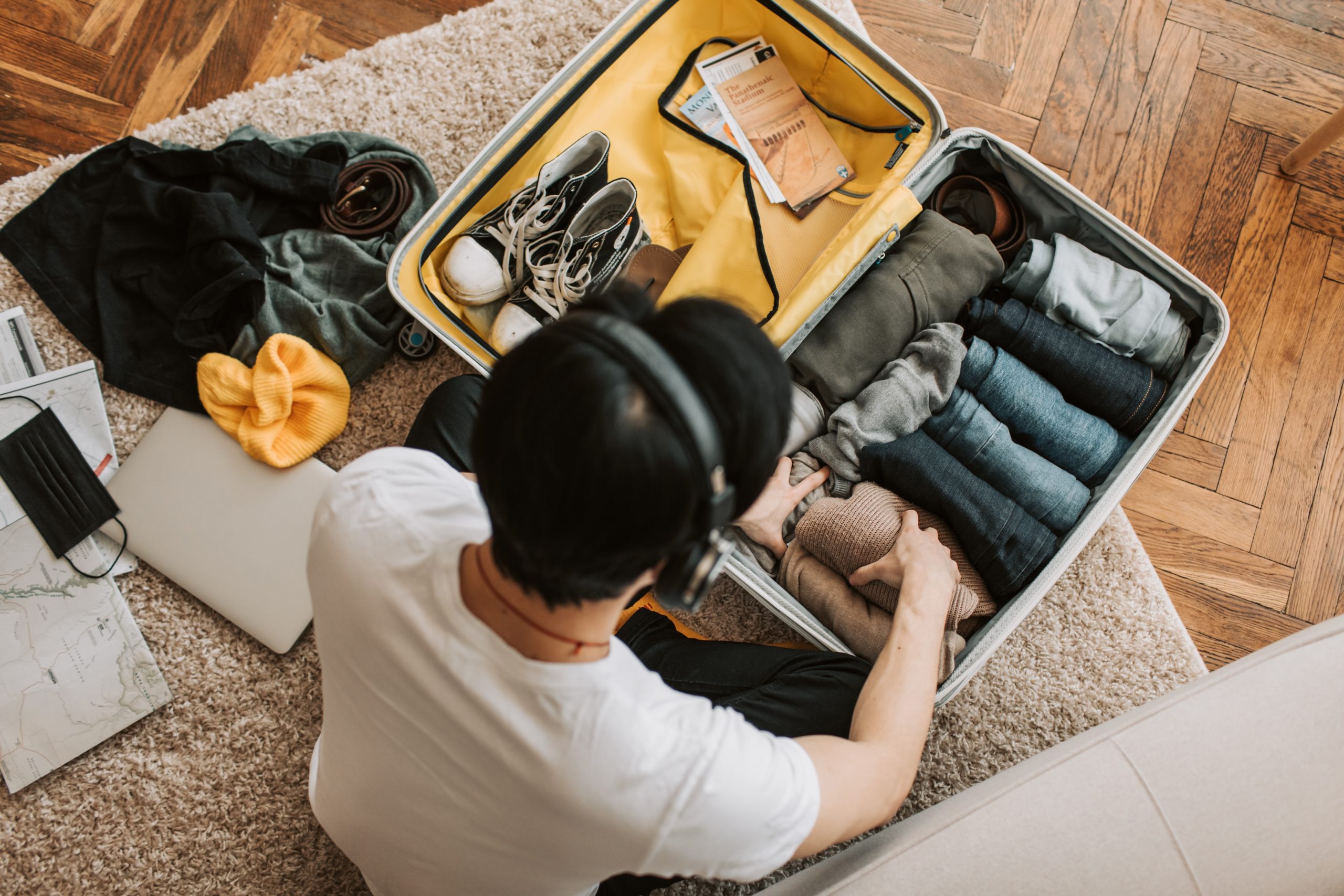
You don’t need to bring every pair of shoes in your closet on your trip. Just bring a few pairs that are versatile, comfortable, and practical. By limiting the number of shoes you bring, you’ll have more room in your luggage for other items.
You don’t need to bring every pair of shoes you own on your trip. Focus on bringing a few versatile pairs that can be worn with multiple outfits. When choosing shoes to bring, consider comfort, versatility, and practicality. Look for shoes that can be worn with multiple outfits, and make sure they’re comfortable for walking and other activities. When packing shoes for travel, look for lightweight and collapsible options. This will save space in your luggage, and you’ll have more room for other items. You can also pack shoe bags to help keep your shoes separate from your other belongings and to protect them from getting scuffed or dirty.
Roll Your Clothes
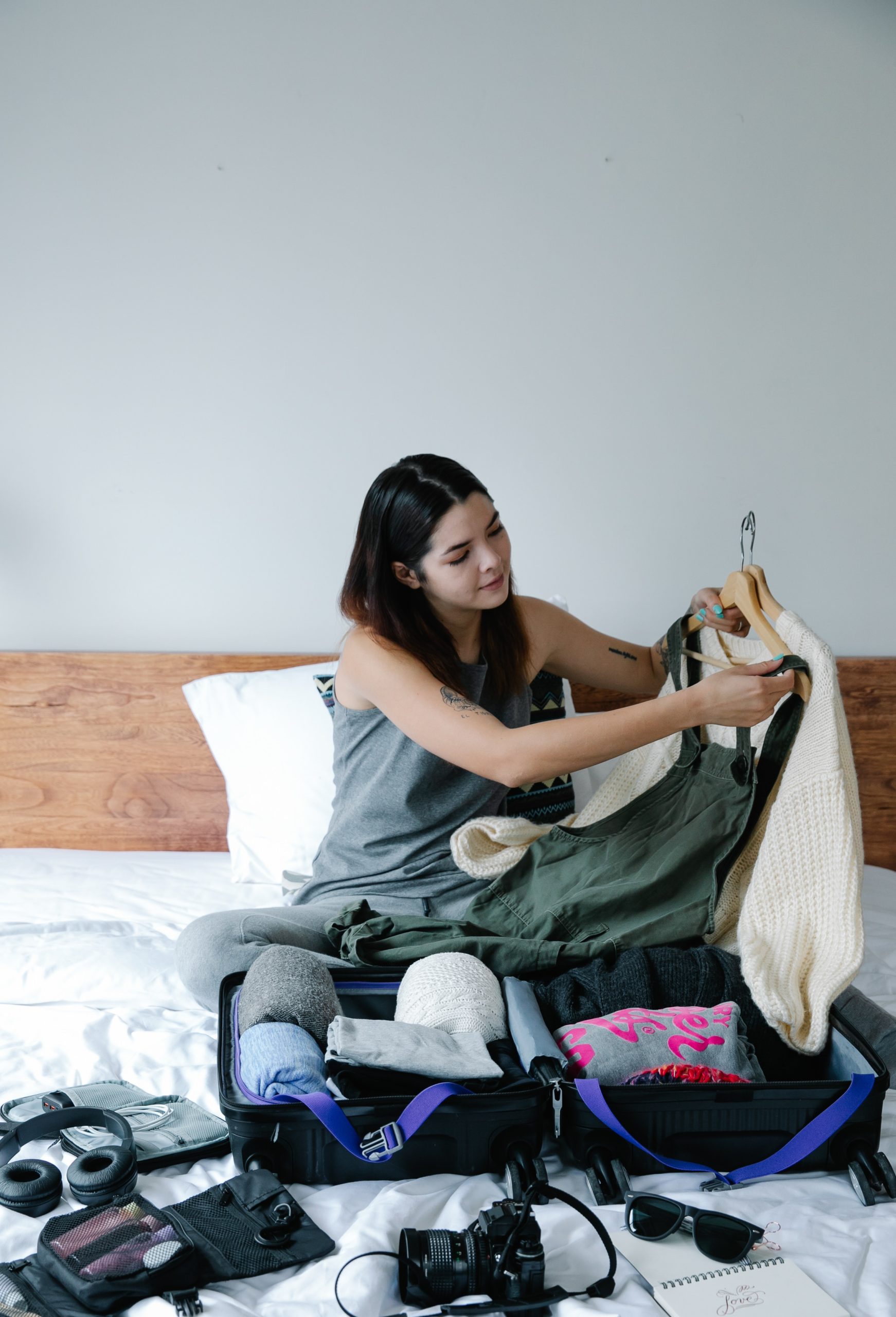
Packing can be a real hassle, especially when you’re trying to fit everything into a small bag. But, there’s a simple solution that can save you space and minimize wrinkles: rolling your clothes. By rolling your clothes, you’ll be able to maximize the use of your packing space, meaning you can bring more items with you on your trip. And the best part? Your clothes will look fresher and less wrinkled when you arrive at your destination. So, how do you roll your clothes? It’s simple. Start by laying your garment flat, then fold it in half lengthwise. Roll the garment tightly, starting at one end and working your way to the other. This technique works particularly well for items like t-shirts, pants, and dresses.
Use Compression Bags
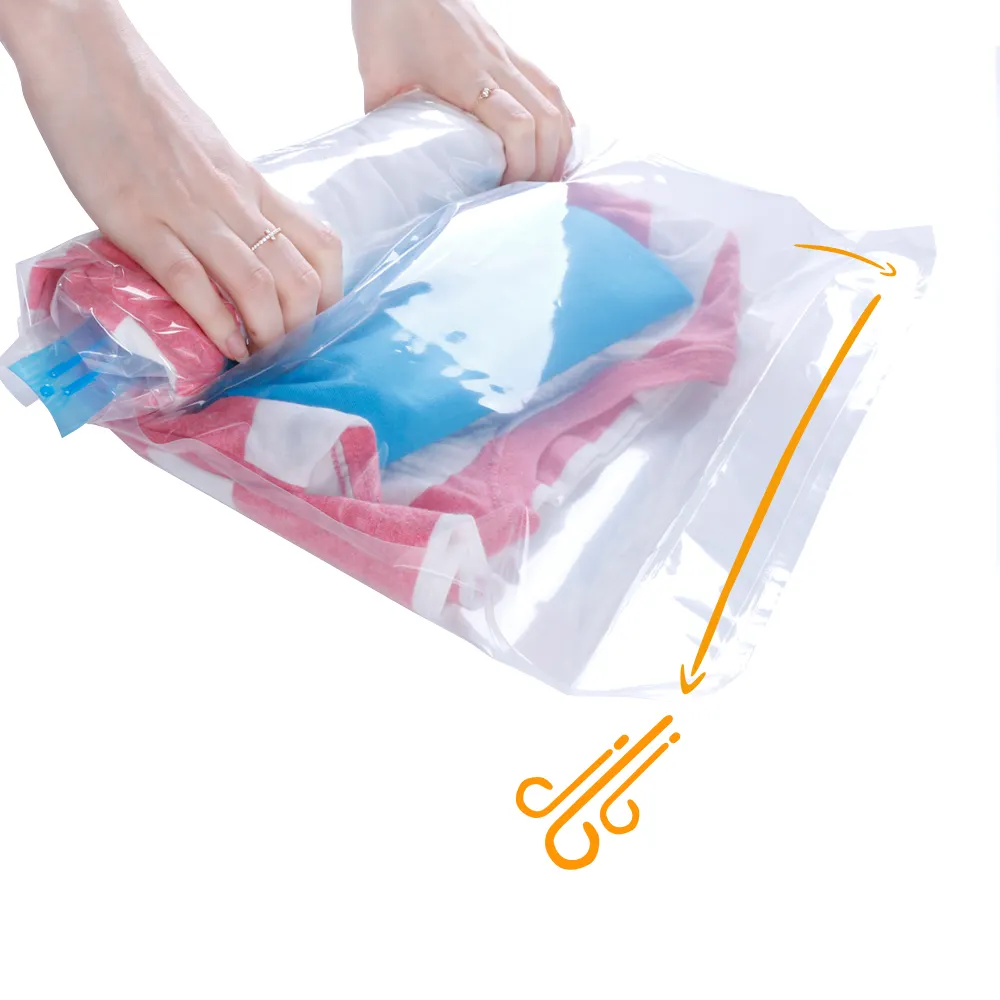
When it comes to packing, every inch of space counts. That’s where compression bags come in. These bags are designed to help you pack more into a smaller space by compressing your clothes and other items. By using compression bags, you can say goodbye to overstuffed bags and hello to more room for your essentials. To use compression bags, simply place your clothes and other items inside the bag and use the vacuum or compression feature to remove the air and shrink the bag down. Not only will you save space, but you’ll also minimize wrinkles and keep your clothes looking fresh. When choosing compression bags, be sure to select a high-quality option with a sturdy zip or seal to ensure the bag stays closed during transit.
Be mindful of liquids
Traveling with liquids can be a hassle, but by following TSA regulations and a few smart packing tips, you can ensure that your liquids stay secure and leak-free. When packing liquids in your carry-on or checked bag, it’s important to follow the TSA’s guidelines. For carry-on bags, you’re limited to travel-sized containers that are 3.4 ounces or less and must be placed in a clear, quart-sized bag. For checked bags, there are no restrictions on the size of containers, but you should still try to pack them in clear, leak-proof bags to avoid any spills or leaks that could ruin your clothes or other belongings.
When packing liquids, it’s also important to be mindful of their placement in your luggage. To avoid spills and leaks, try to pack liquids in a place where they won’t be jostled around during travel. For example, you might consider packing liquids in the center of your bag, surrounded by clothes or other soft items.
Frequently Asked Questions (FAQs)
1. What are the most important things to consider when packing for travel?
Packing for a trip can be a daunting task, especially if you’re not sure what to bring. Here are some of the most important things to keep in mind when packing for your next trip:
- Destination: Consider the climate and culture of your destination, as well as any activities you plan to do there.
- Length of trip: Make sure you have enough clothing and personal items to last the entire trip.
- Luggage restrictions: Know the size and weight limits for the type of transportation you will be using.
2. What items should I pack in my carry-on bag?
Your carry-on bag should include essential items that you may need during your trip or in the event of lost luggage. Some key items to pack in your carry-on include:
- Identification and travel documents: passport, visa, flight tickets, and any other important travel documents.
- Medications: any prescription drugs you need, as well as any over-the-counter medications you may require.
- Electronics: phone, charger, camera, and any other electronic devices you may need.
3. What should I pack in my checked luggage?
Your checked luggage should include all the items that you don’t need immediate access to during your trip. Some key items to include in your checked luggage are:
- Clothing: Choose versatile clothing items that can be mixed and matched to create different outfits. Consider the climate and cultural norms of your destination.
- Toiletries: Pack all your essential toiletries, such as toothbrush, toothpaste, shampoo, and soap.
- Footwear: Bring a variety of shoes to suit the activities you have planned during your trip.
4. How can I pack my luggage efficiently?
Packing your luggage efficiently can help you maximize space and reduce the risk of wrinkled clothing. Here are some tips for efficient packing:
- Roll your clothing: Roll your clothing items instead of folding them to save space and reduce wrinkles.
- Use packing cubes: Use packing cubes to organize your clothes, electronics, and toiletries in your luggage.
- Fill unused space: Fill any empty spaces in your luggage with smaller items, such as socks or underwear, to maximize space.
5. What should I do to prepare for a long flight?
Long flights can be uncomfortable, but there are several steps you can take to prepare for them and make your trip more enjoyable:
- Dress comfortably: Wear comfortable, loose clothing and bring a light sweater or jacket for cooler temperatures on the plane.
- Stay hydrated: Drink plenty of water and avoid alcohol and caffeine, which can dehydrate you.
- Bring entertainment: Bring a book, magazine, music, or other forms of entertainment to pass the time on the flight.
Packing for a trip can be stressful, but with a little planning and these key tips, you can ensure a smooth and stress-free journey. From choosing the right bag and researching your destination, to packing light and being mindful of liquids, these tips will help you pack like a pro. So why not start planning your next trip today, and enjoy a smooth and stress-free journey!


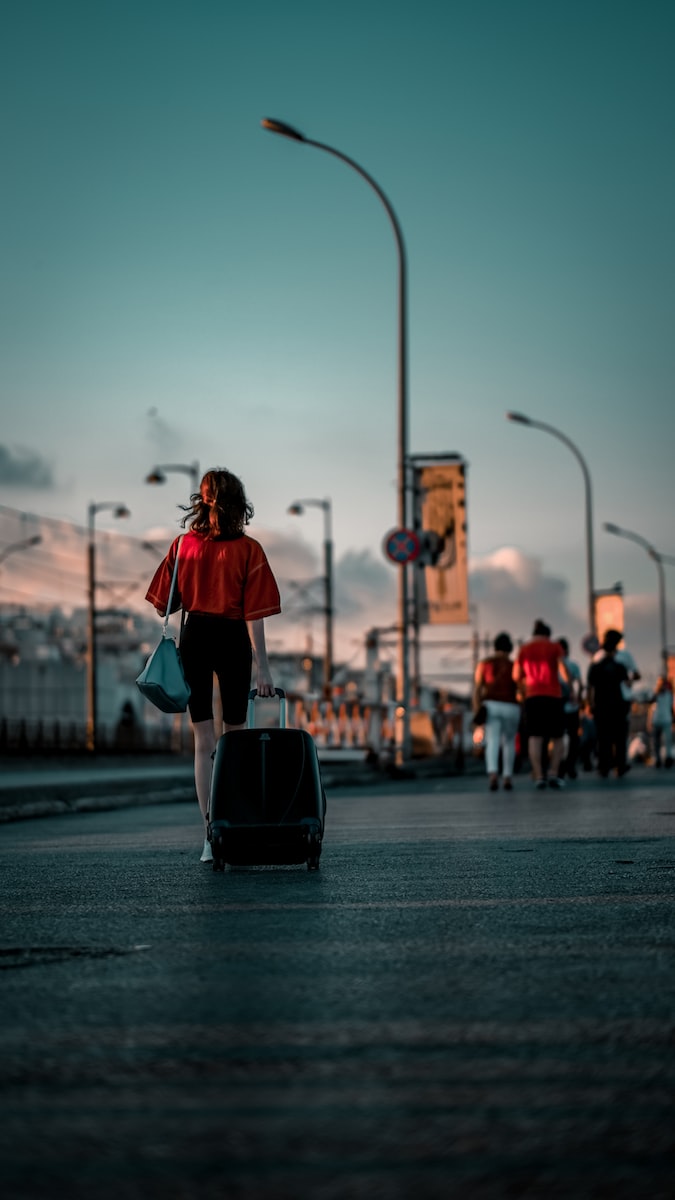
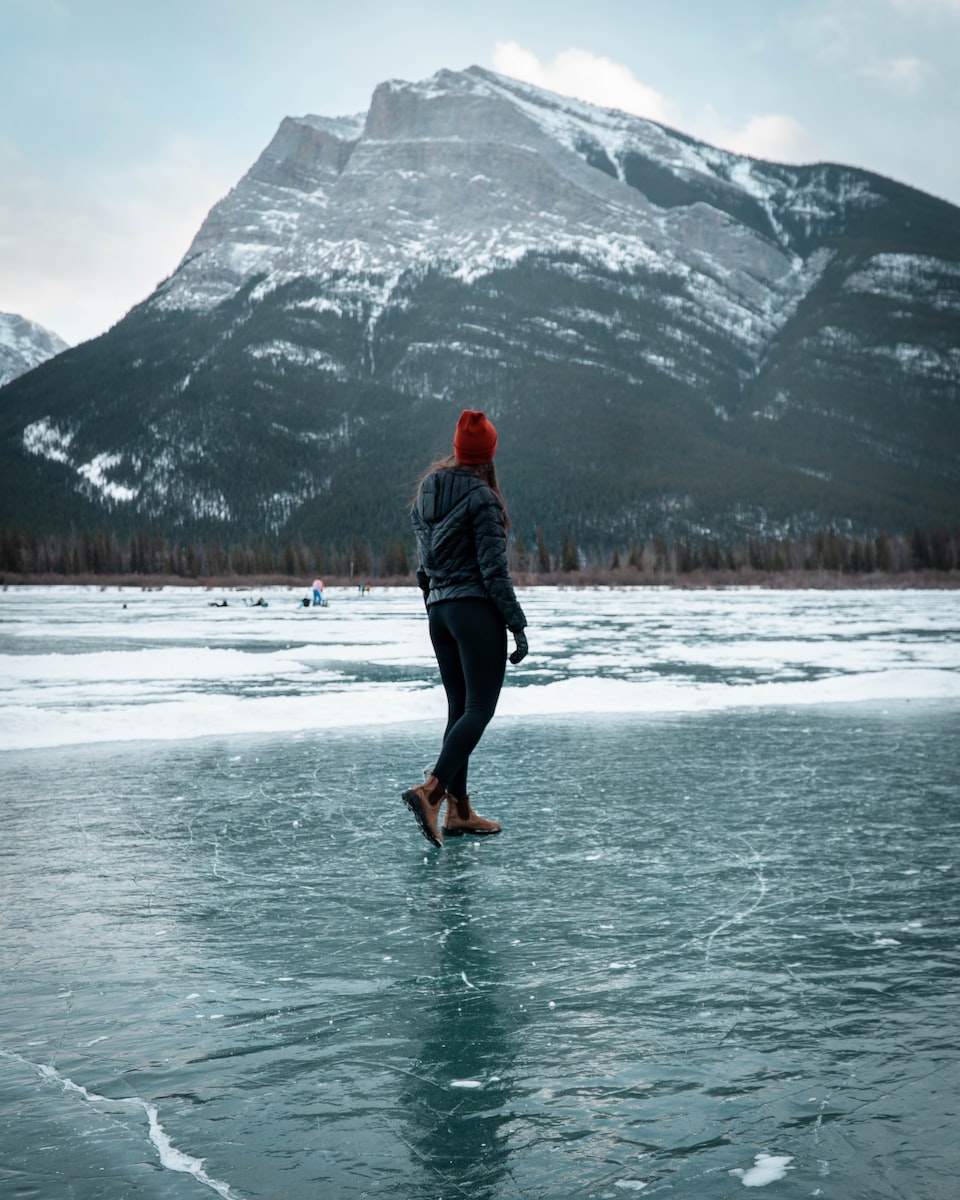

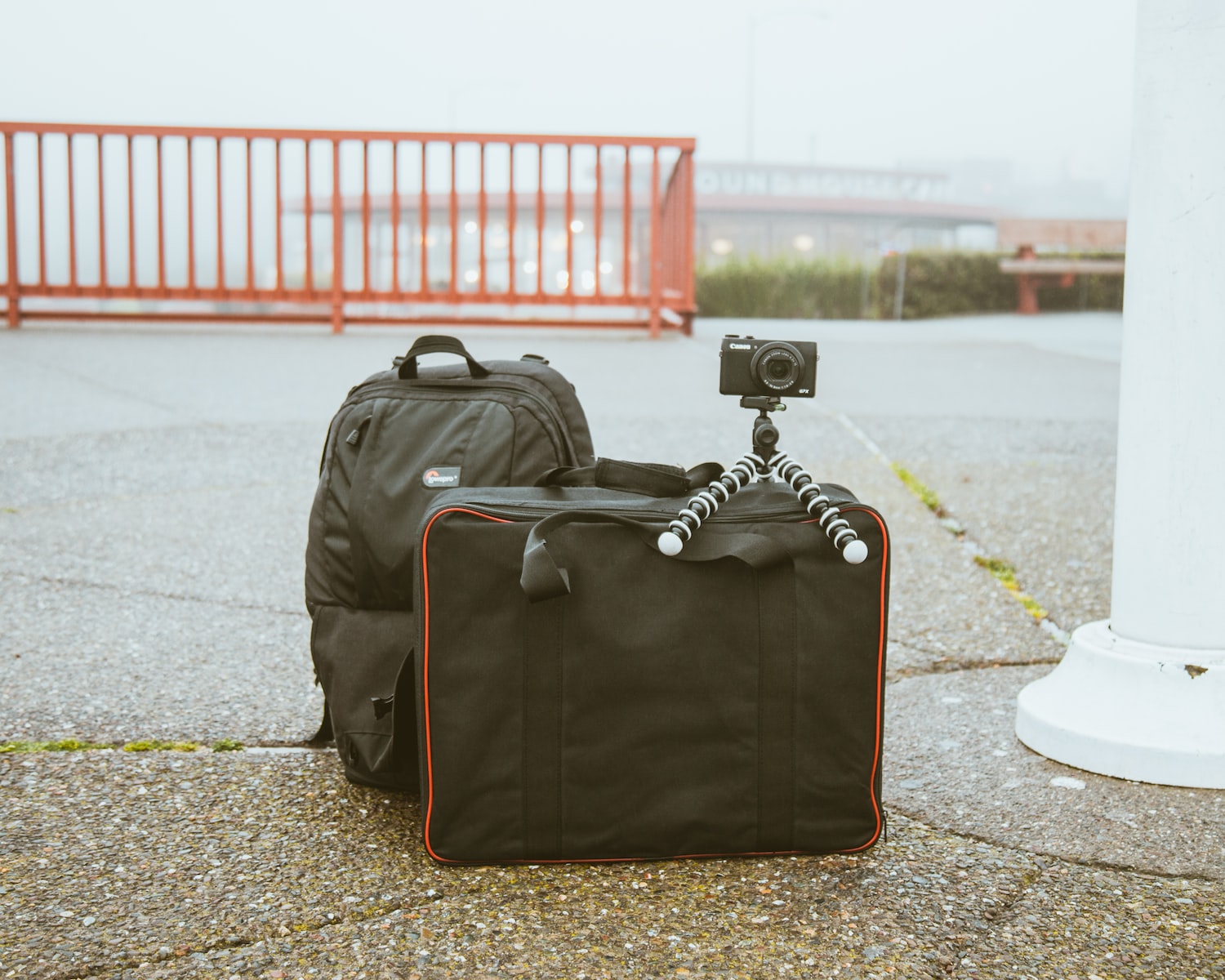
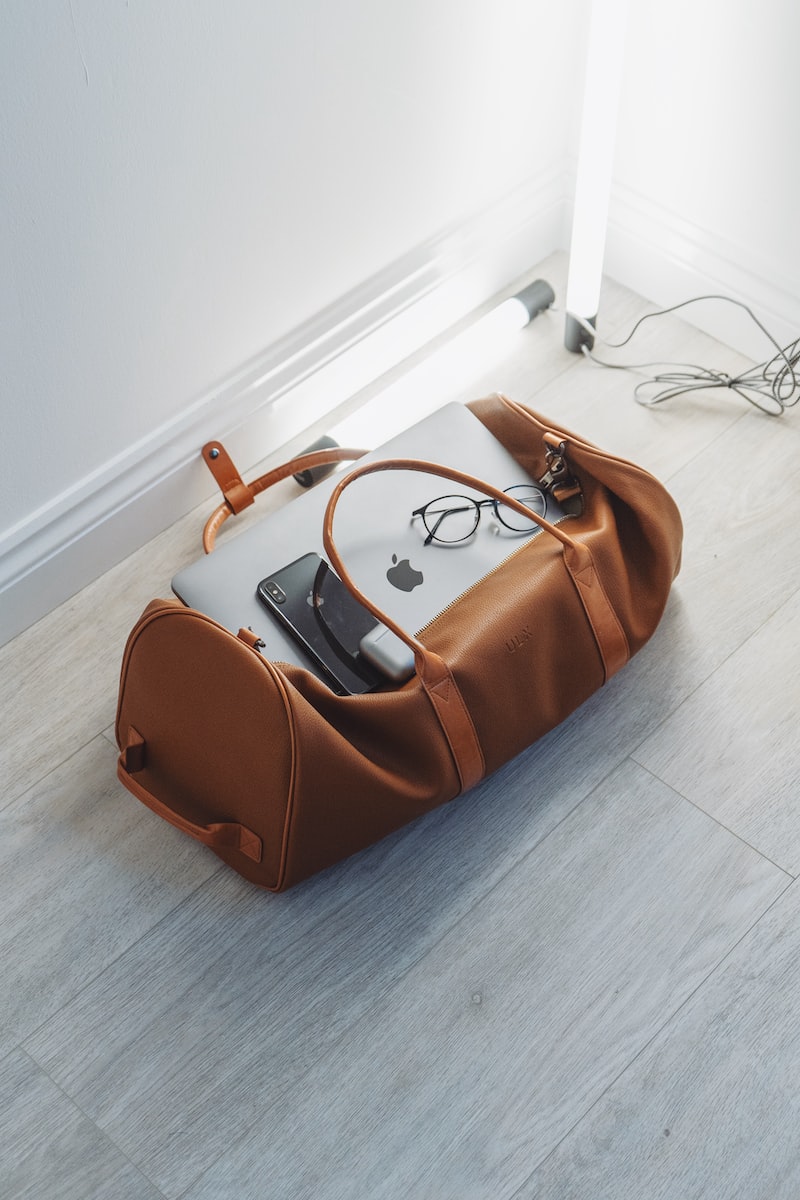
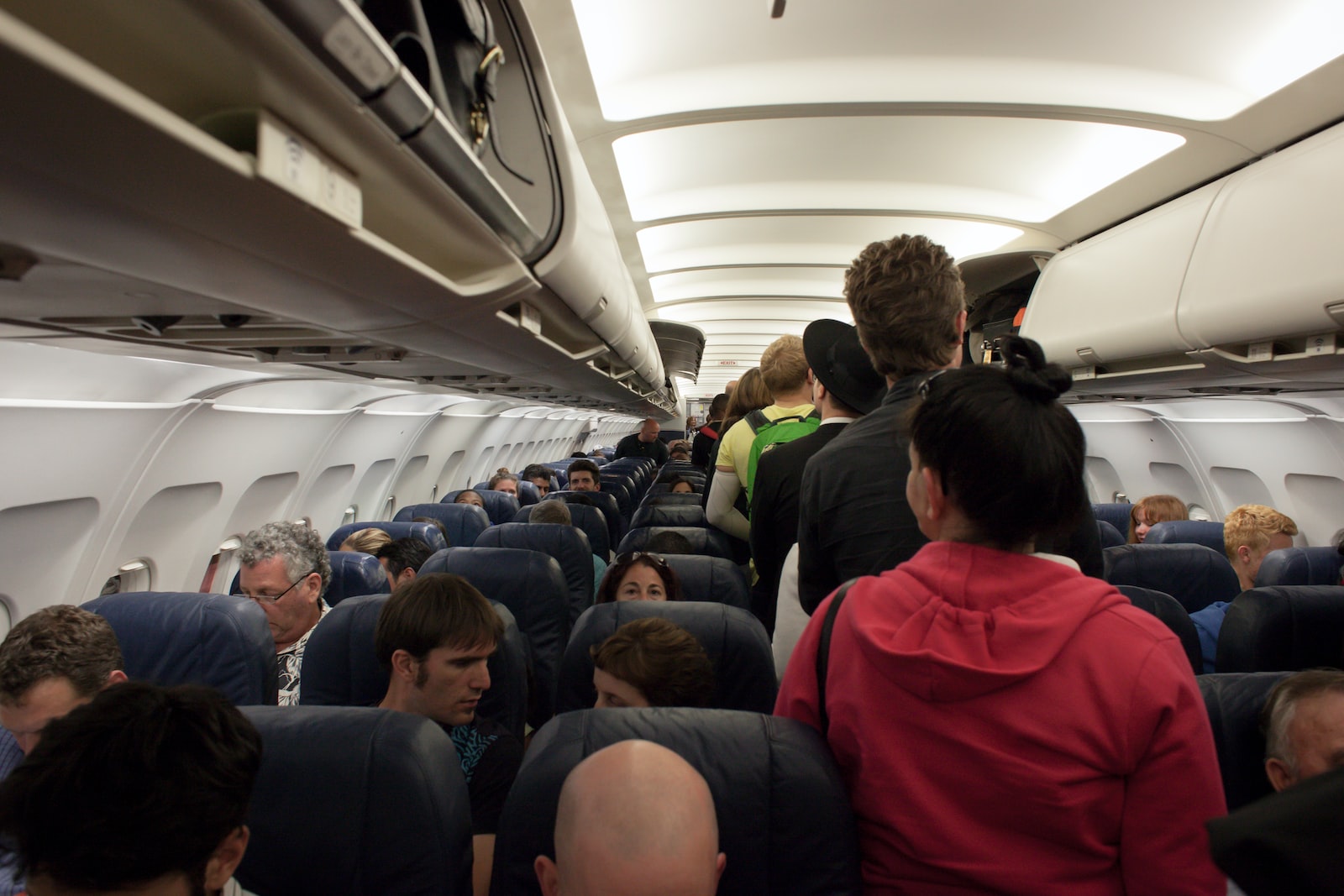
Leave a Reply